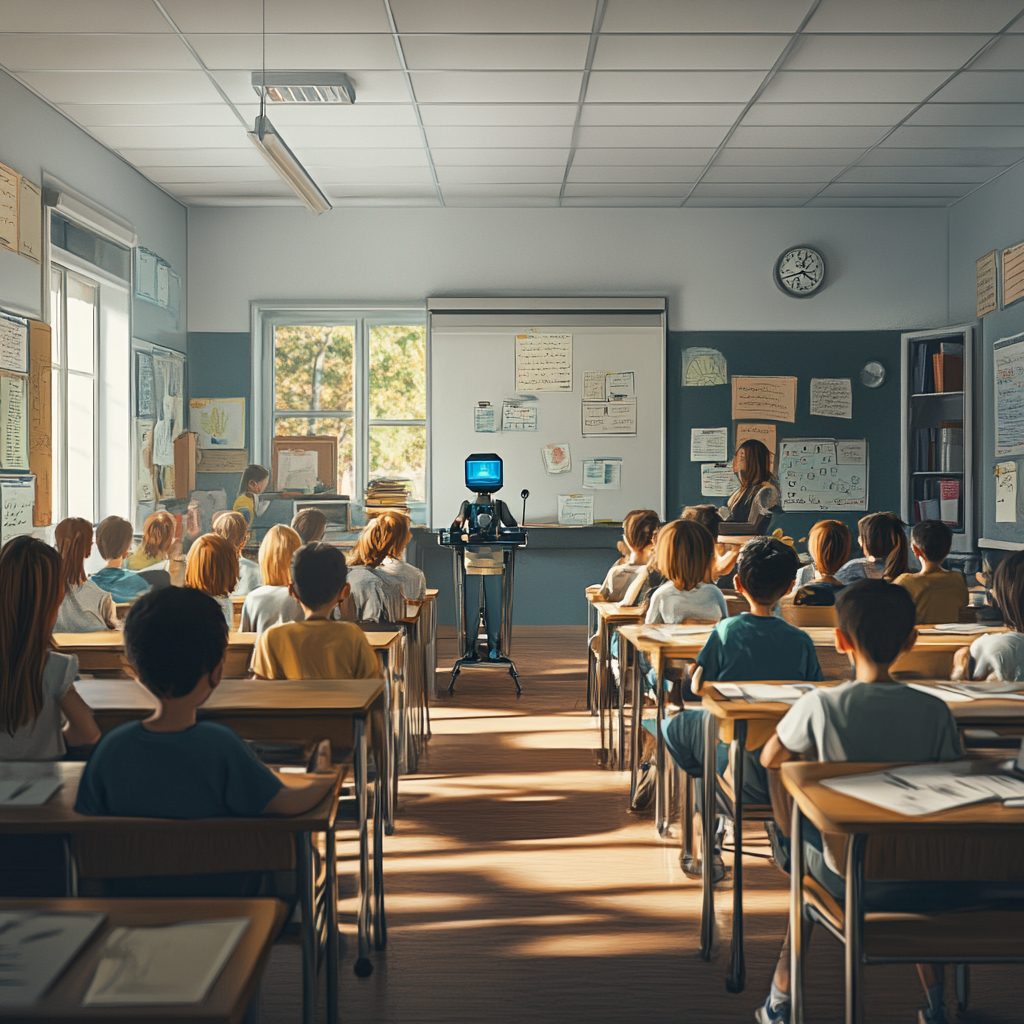Here’s a twist no one saw coming: America’s tariffs on Chinese goods may end up accelerating China’s robot-powered future.
While the headlines focus on rising trade tensions and economic decoupling, a deeper shift is underway. According to a recent New York Times article, China’s response to U.S. tariffs isn’t just about finding new buyers or reshuffling supply chains—it’s about replacing human labor with automation at scale.
In short: the trade war might be fueling a tech transformation.
Robots: The Unintended Consequence of Tariffs
When the U.S. imposed sweeping tariffs on Chinese imports to counter economic dependence and protect domestic manufacturing, it assumed China might take a hit. And to some extent, it has—factories are relocating, margins are thinning, and exports have slowed.
But here’s the unexpected part: rather than bow to pressure, many Chinese manufacturers are accelerating their shift toward automation. Investing in robots helps them cut labor costs, increase efficiency, and stay globally competitive—even with tariffs in place.
And with labor costs rising and demographic trends pointing toward a shrinking workforce, automation is quickly moving from an option to a survival strategy.
“Robots don’t ask for raises or move overseas,” said one factory executive interviewed by the Times.
Not Just Industrial—Smart AI Too
This isn’t only about mechanical arms on factory lines. China is also pushing forward on intelligent automation—AI-powered machines that can think, learn, and adapt across industries. Warehouses, logistics hubs, even textile plants are increasingly run by smart systems trained to optimize every movement.
Unlike previous waves of industrial automation, this one is politically charged, economically strategic, and AI-driven.
So ironically, policies meant to limit China’s manufacturing power might end up pushing it deeper into the kind of innovation that defines future global leadership.
Q&A: What People Are Asking
Q1: How are tariffs leading to more automation in China?
Tariffs raise the cost of exporting goods. To stay competitive, Chinese firms are investing in automation to reduce labor costs and increase efficiency, allowing them to offset the financial pressure caused by trade restrictions.
Q2: Is this shift toward automation limited to factories?
No. While manufacturing leads the charge, AI and robotics are transforming logistics, quality control, warehouse operations, and even customer service. China’s entire industrial ecosystem is becoming more autonomous.
Are trade policies fueling the robot era? Or are they a warning sign for economies stuck in the past? Let us know what you think in the comments.
🧠 Want more surprising insights on AI and global trends? Sign up for our AI Newsletter
🤖 Need help navigating AI’s impact on your industry or region? Explore our consulting services here →


